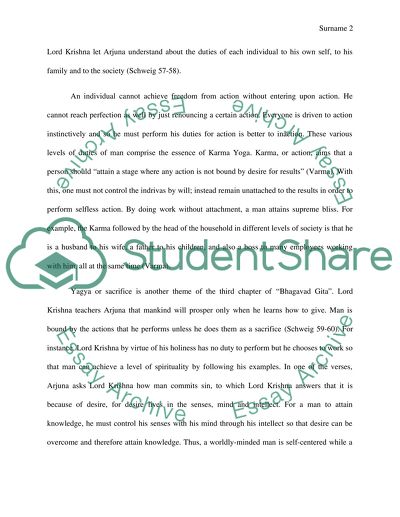Cite this document
(“Chapter 3 of Bhagavad Gita and Purusha Sukta Essay”, n.d.)
Retrieved from https://studentshare.org/religion-and-theology/1462189-chapter
Retrieved from https://studentshare.org/religion-and-theology/1462189-chapter
(Chapter 3 of Bhagavad Gita and Purusha Sukta Essay)
https://studentshare.org/religion-and-theology/1462189-chapter.
https://studentshare.org/religion-and-theology/1462189-chapter.
“Chapter 3 of Bhagavad Gita and Purusha Sukta Essay”, n.d. https://studentshare.org/religion-and-theology/1462189-chapter.


